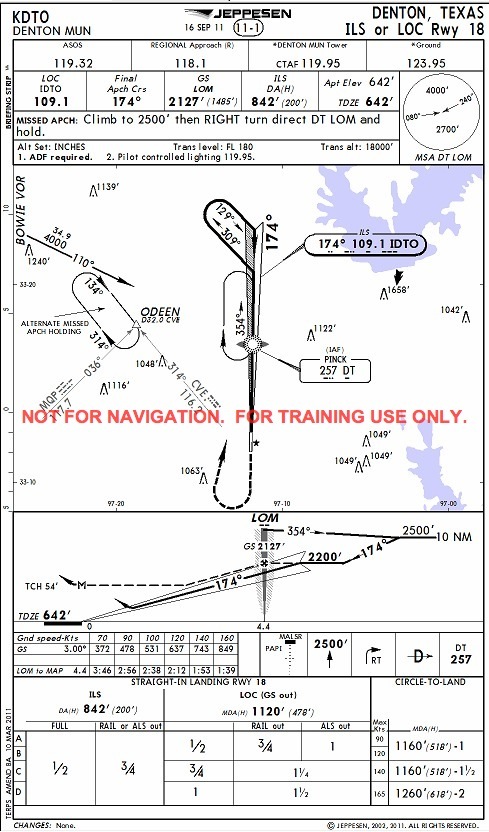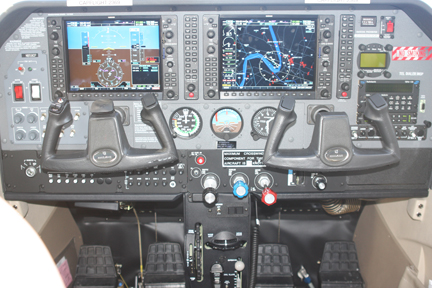Tommay85
Well-Known Member
LOVE the 750! The "FMS" function is a hell of a lot easier and efficient than turning knobs.I guess I have to admit being a computer geek. But Garmin's market share certainly reflects there are many others.
There are definitely things I dislike about the Garmin "flow." But that's true of everything electronic. Personally, I really like flying with the Garmin GTN touchscreen series even though I don't particularly like its similar flow iPad app.
I still prefer market disarray to an FAA imposed UI.
Hardest part was learning where to rest fingers strategically to use it in turbulence.

inb4 *pussification of freight dogging*





